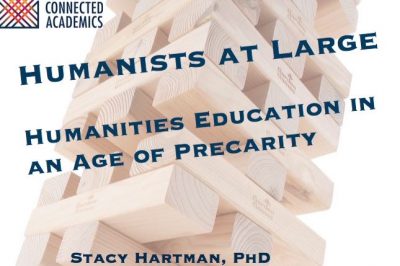Have you been worried about rising global temperatures? Concerned about fossil fuel emissions? Perhaps distressed by the destruction of the Earth due to climate change? Good news: Professor Sabine von Mering discussed a more positive outlook on climate change and what is being done to stop it in her talk “The Good News About Climate Change” on Thursday afternoon.
Von Mering, a professor of German studies at Brandeis University, presented a hopeful discussion of the measures Germany and other European countries are undertaking to halt climate change. She spoke on how the world can look to Germany as a leader in creating sensible, environmentally-friendly policies.
To start her presentation, von Mering passed out index cards and instructed the audience to write down any words that they associated with climate change. When she asked for some words, the audience members gave her such words as “ozone,” “greenhouse gas” and “fracking.”
She then asked the audience members for words that described their desires for their future and the future of their children. This request elicited such words as “health,” “happiness” and “safety.”
Von Mering noted the difference between the two groups of words, stating that the first set was more scientific and the second set was more general and included things most people want for themselves and for others. She used this difference to launch her discussion on why climate change needs to be considered a socio-cultural problem. She insisted the scientific debate about whether climate change is happening is over and the people who study culture must now advocate for environmentally-friendly ways of living.
“Climate change belongs in the humanities,” von Mering said.
Throughout her talk, von Mering discussed the proven ways of mitigating climate change, including building renewable energy infrastructure, using public transportation, consuming less and from local sources, eating a plant-based diet with less dairy and meat and, perhaps most controversially, she noted, family planning.
During her discussion, von Mering gave examples of how Germans are leading the fight against climate change and pollution. For instance, she played a video taken in the town of Vauben, a German city in which traffic patterns were rearranged so one part of the city was free from noise pollution. This allowed residents to better appreciate nature. She also noted similar action taken in Clichy-Batignolle, a neighborhood of Paris, France.
Von Mering explained bikes can serve as alternatives to personal cars, a big contributor to greenhouse gas emissions. She detailed the rich bicycle culture in Glasgow, Barcelona and Warsaw and the widespread public transportation in Zurich. She also emphasized Germany’s decision to refrain from using nuclear power and Germany’s fossil fuel divestment.
She explained Germany had been able to make so many strides forward because of its stable policy-making environment. Von Mering pointed out “there is a culture of coalitions [in Germany], which means there’s negotiation, there’s compromise and continuity from one administration to another, whereas here [in America], it is almost built-in that that can’t happen.”
Von Mering ended her discussion optimistically by noting how effective change can be made by a committed group of people, noting the example of the fall of the Berlin Wall.
“I think that you all have a job to do and that starts with raising your voices,” von Mering told the audience.
“I thought it was an interesting statement, embedding environmental concerns in Germany into European and worldwide concerns and showing the example of Germany as one of the countries that try to find solutions for current environmental and, specifically, climate change problems,” Katharina von Hammerstein, a professor of German studies at UConn, whose students attended the talk, said.
“I think Professor von Mering … did a very good job spotlighting certain areas of concern and mixing the very personal experience with the global picture,” von Hammerstein said of the speaker.
“The Good News About Climate Change” was hosted by the Department of Literatures, Cultures and Languages and the Languages Graduate Student Association (LANGSA), as part of UConn Metanoia on the Environment.
Taken from Stephanie Santillo, “There is Good News in the Fight about Climate Change” in The Daily Campus, 02/23/2018
